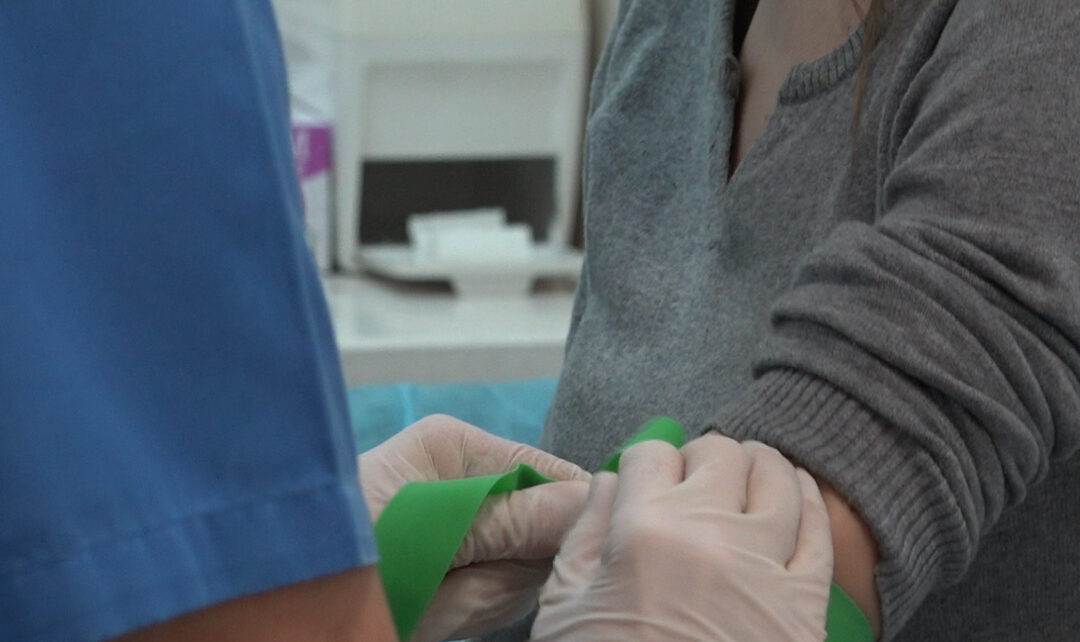
Anti-müllerian hormone (AMH) is no longer a crystal ball
Anti-müllerian hormone (AMH) is used in reproductive medicine as an ovarian reserve marker. This hormone is detected using a simple blood analysis and, in conjunction with a follicle count ultrasound scan on the ovaries, it helps us to predict a patient’s response to stimulation. This is mainly true when patients have a limited prognosis.
In any case, despite how useful they are, these markers are just an indication. The most significant prognosis factor is still currently a woman’s age.
AMH has undoubtedly been a very useful tool in understanding the physiology of ovaries and ovarian reserve in women to the point of being considered somewhat of a ‘crystal ball’ in the field of fertility. The research that was available up until now presented anti-müllerian hormone as the most important factor when delivering a diagnosis.
However, a recent study has shown that women with low anti-müllerian hormone (AMH) levels do not have a different prognosis in terms of their ability to conceive in comparison with women who have normal levels of AMH. It can be deduced, therefore, that this information is important to gynaecologists when personalising treatment or administering medicines, but not in terms of understanding a woman’s capacity to reproduce.
This is why it is important to inform patients that certain levels of AMH cannot determine their current level of fertility. The blood tests that we perform on these patients can help us to understand how they will respond to the medication but they are not a prediction of how likely they are to conceive naturally.
This challenges the clinical dogma that low ovarian reserve causes infertility.
Understanding the meaning of a woman’s levels of this hormone is key to providing our patients with optimum guidance and it is also imperative that we take another look at what anti-müllerian hormone (AMH) really means to a woman’s reproductive health.
- 1. Steiner AZ, Pritchard D, Stanczyk FZ. Association between biomarkers of ovarian reserve and infertility among older women of reproductive age. JAMA 2017; 318: 1367-76.
- 2. Santoro N. Using antimüllerian hormone to predict fertility. JAMA 2017; 318: 1333-1334.
Dr Ruth Romero, a gynaecologist at Instituto Bernabeu.
